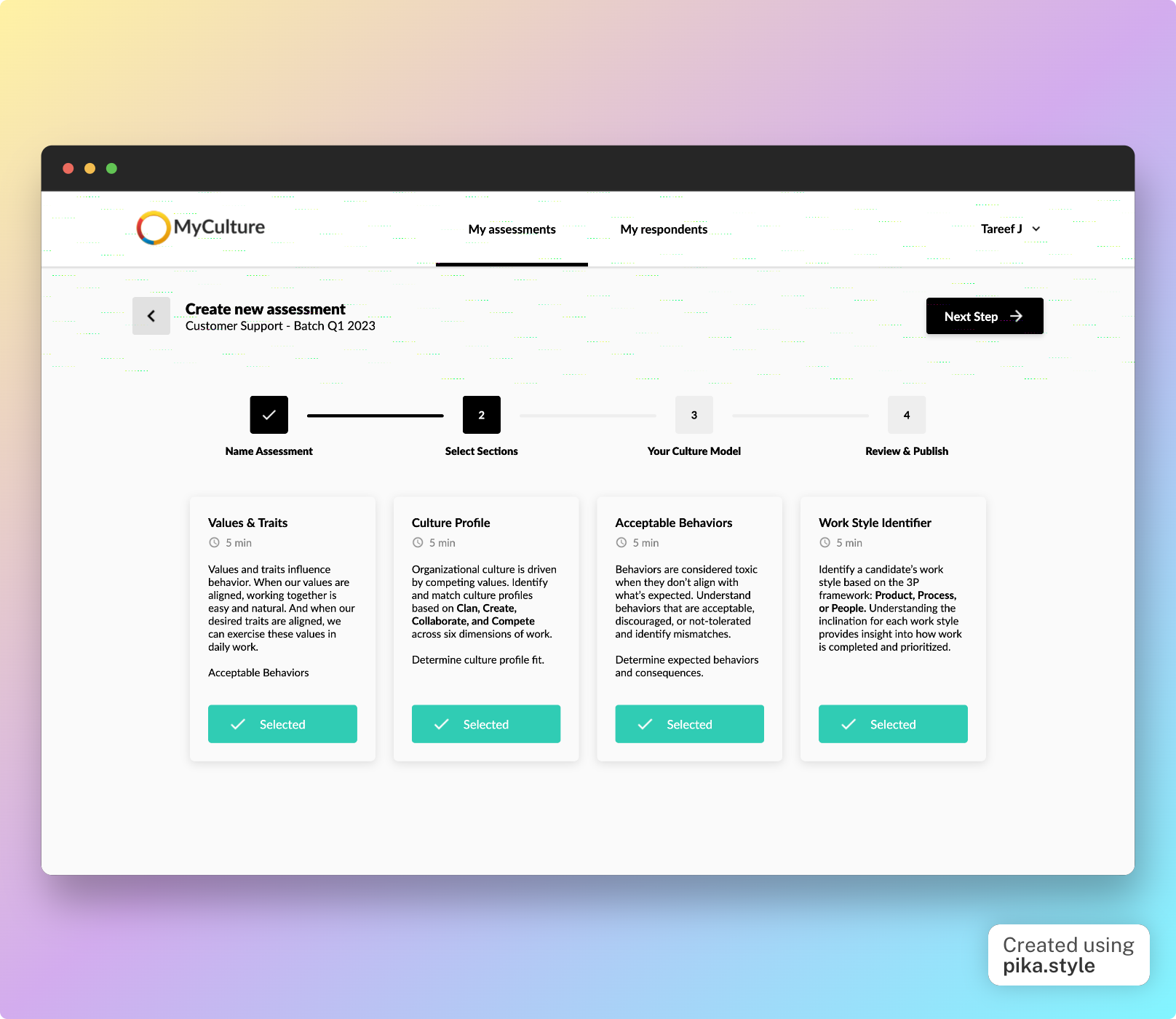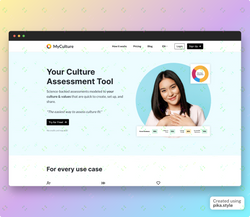When it comes to creating a positive and productive workplace, culture plays a crucial role. But how do you measure something as intangible as culture? And why is it important to do so in the first place? In this blog post, we'll explore the answers to these questions and provide some tips for measuring culture in your own organization.
First, let's discuss the importance of measuring culture. Research has shown that companies with strong cultures have lower turnover rates, higher employee engagement, and better financial performance. In fact, a study by Deloitte found that organizations with a strong culture had 4.6 times higher revenue growth than those with a weak culture.
So, how do you measure culture? There are several techniques that organizations can use, including surveys, focus groups, and interviews. One popular method is the use of culture surveys. These surveys typically include a set of questions designed to assess various aspects of culture, such as communication, collaboration, and values alignment.
Another technique is the use of focus groups or interviews. This method allows employees to provide more in-depth and qualitative feedback on the organization's culture. It is also useful to identify specific areas that need improvement.
One example of such a culture survey is the Competing Values Framework (CVF) survey, which measures culture based on four dimensions: clan, adhocracy, market, and hierarchy. This survey is widely used in academic research and by organizations.

In addition, there are also observational methods which include ethnographic observations and walkthrough assessments. This method involves observing employees in their natural work environment and taking note of interactions, communication styles, and other cultural indicators.
It's important to note that measuring culture is not a one-time task. Organizations should regularly assess their culture to track progress and make adjustments as needed
In conclusion, measuring culture in the workplace is crucial for understanding the strengths and weaknesses of your organization and for making improvements. By using surveys, focus groups, interviews, and observational methods, organizations can get a clear picture of their culture and take steps to create a positive and productive work environment.
Introducing MyCulture, a Culture Fit Assessment Platform
In addition to the techniques mentioned above, organizations can also use tools such as MyCulture (https://myculture.happily.ai) to quickly and effectively assess culture fit for hiring, employee onboarding, and team building. MyCulture is an online platform that uses a combination of surveys, assessments, and data analytics to provide a comprehensive view of how well an individual fits with a company's culture.

One of the benefits of using MyCulture is that it can help organizations identify potential culture fit issues before they become a problem. For example, during the hiring process, MyCulture can be used to assess whether a candidate's values and work style align with the organization's culture, increasing the likelihood of a successful hire. Additionally, MyCulture can be used during employee onboarding to ensure that new hires understand and are aligned with the organization's culture, which can improve retention and engagement.
MyCulture can also be used for team building, to help teams understand their strengths and weaknesses and identify areas for improvement. By using MyCulture, teams can create a shared understanding of their culture and work together to create a more positive and productive work environment.
In short, MyCulture is an effective tool that can be used to assess culture fit for hiring, onboarding and team building, it will provide an organization with a comprehensive view of the company's culture by using a combination of surveys, assessments and data analytics. This will enable the organization to identify potential culture fit issues before they become a problem, increase the likelihood of successful hire, improve retention, engagement and help teams understand their strengths and weaknesses.










